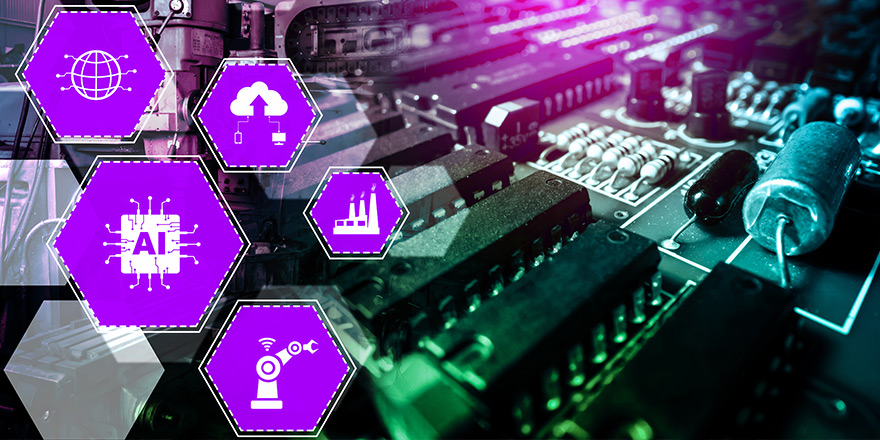How to leverage IIoT for smart factories
With industrial Internet of Things solutions, you can remotely and more safely support maintenance practices, production efficiency and quality.

As manufacturing leaders digest new challenges – such as choppy demand, inconsistent supply chains and urgent changes to work safety environments – they are being forced to reassess factory operations.
New worker safety requirements, in particular, mean that operations professionals must be able to access data remotely. By using industrial Internet of Things solutions, they can remotely and more safely support improvements in maintenance practices, production efficiency and quality.
Manufacturers may be producing data at ever increasing rates, but 73% of the data produced goes unused. This is down to inconsistent access, slow analysis or difficulty understanding the data. Moreover, the issue becomes more complicated as the average age for a piece of production equipment is 22.5 years – and typically these pieces of equipment are not standardized on uniform or open protocols. This is most likely a strong contributing reason why, according to a McKinsey study, 80% of manufacturers who have pursued IIoT projects have difficulty proving value and scaling projects successfully.
Connect and capitalize
To be able to capitalize on existing data, incorporate aging and new equipment and successfully prove and then scale IIoT projects, manufacturers need a set of critical capabilities. They need to be able to quickly connect to a vast, heterogenous quantity of devices and sensors, consistently analyze the data to understand conditions and predict outcomes with predictive analytics. And generate alerts to drive actions that are supported by rich, visualization of the data generating the alert.
This is the concept of the “smart factory” where you can leverage IIoT and advanced analytics to solve these issues. We have created a demo that shows you how you can integrate your sensor data to enable real-time condition-based and prediction-based decisions to engage remote workers and ensure optimal factory efficiency and productivity.
Watch the demo to learn how you can:
- Connect a variety of sensors for continuous monitoring
- Monitor and predict maintenance needs and production quality
- Enable your production professionals to leverage data and analytics with advanced algorithms – without a data scientist or IT professional
Then get started immediately with a free trial of Software AG’s Cumulocity IoT platform.